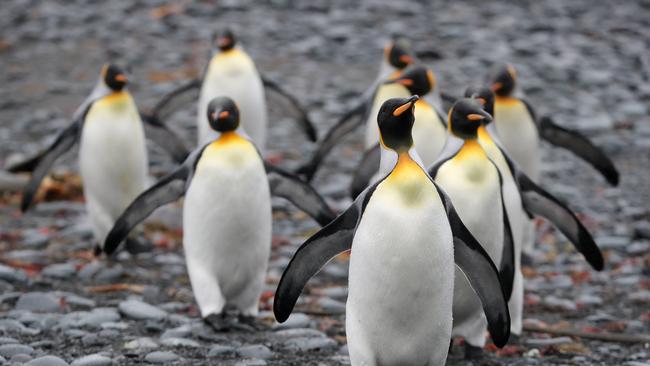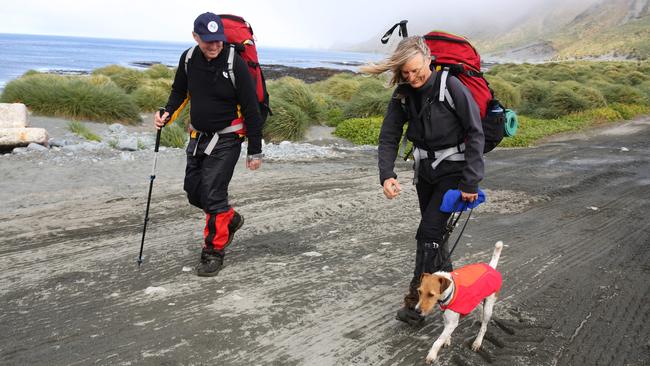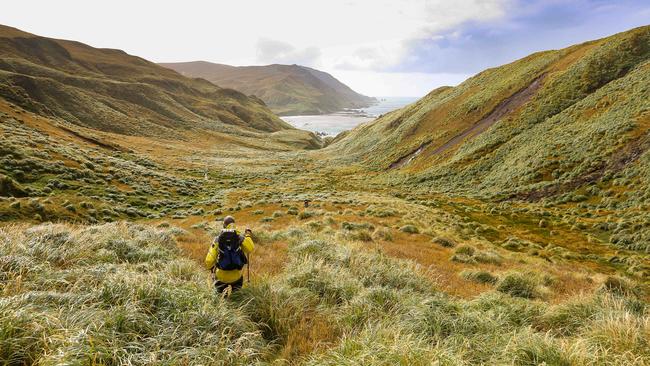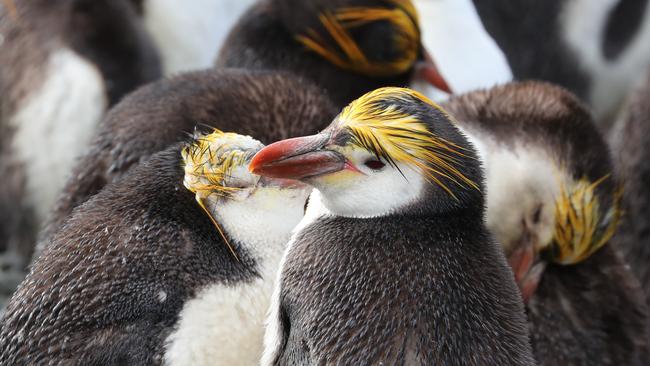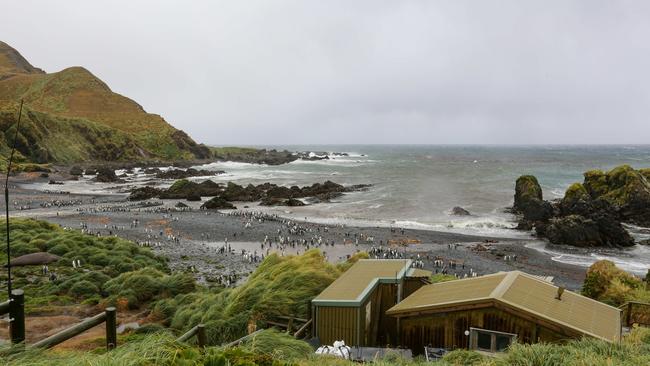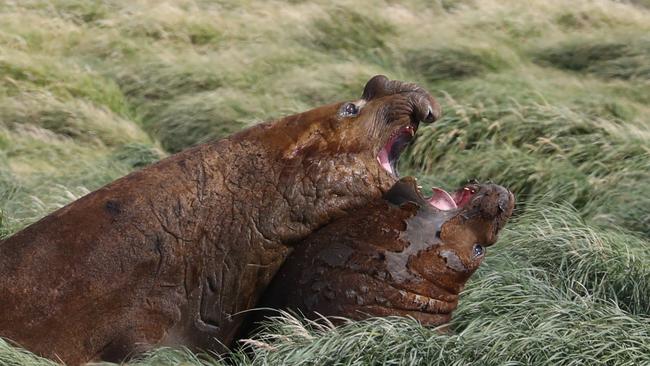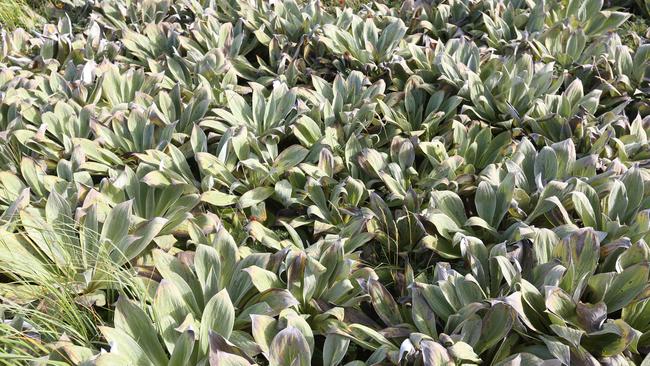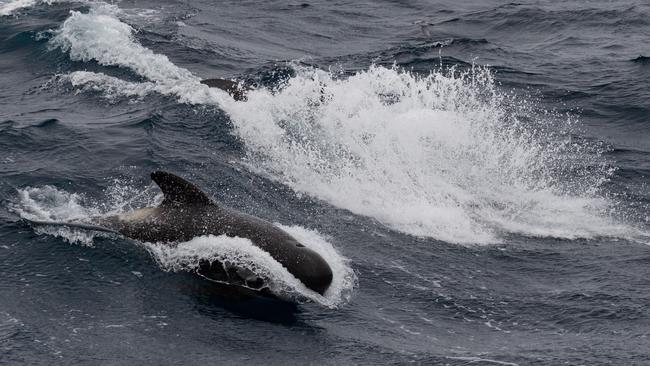
For decades, Macquarie Island has faced the bleakest of times. But the fate of this world heritage wonderland appears finally on the turn. The island’s spectacular wildlife is now flourishing as its pests are eradicated, and the landscape recovers. Picture: Ryan Osland

